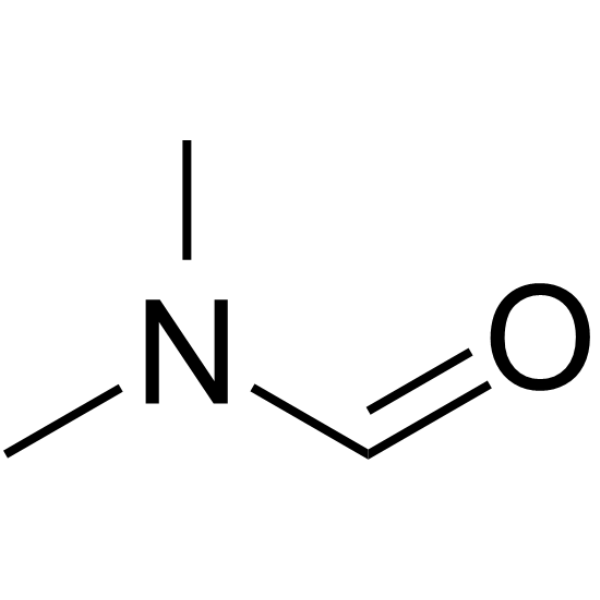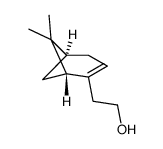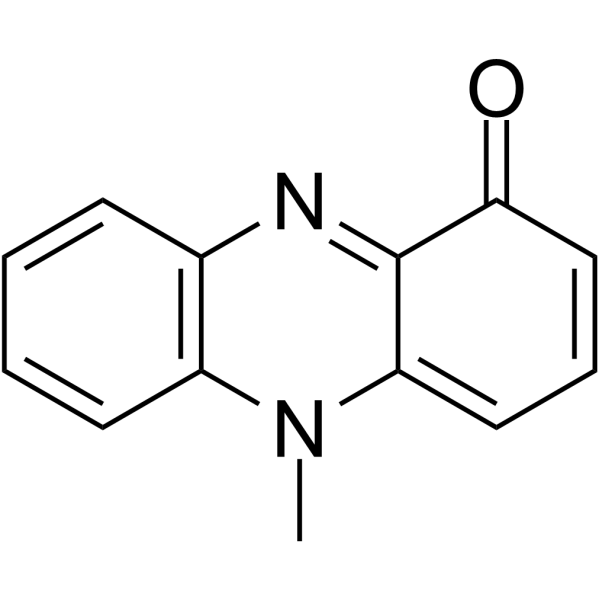| 结构式 | 名称/CAS号 | 全部文献 |
|---|---|---|
 |
N,N-二甲基甲酰胺
CAS:68-12-2 |
|
 |
6,6-二甲基联环(3.1.1)庚烷-2-烯-2-乙醇
CAS:35836-73-8 |
|
 |
綠膿素
CAS:85-66-5 |